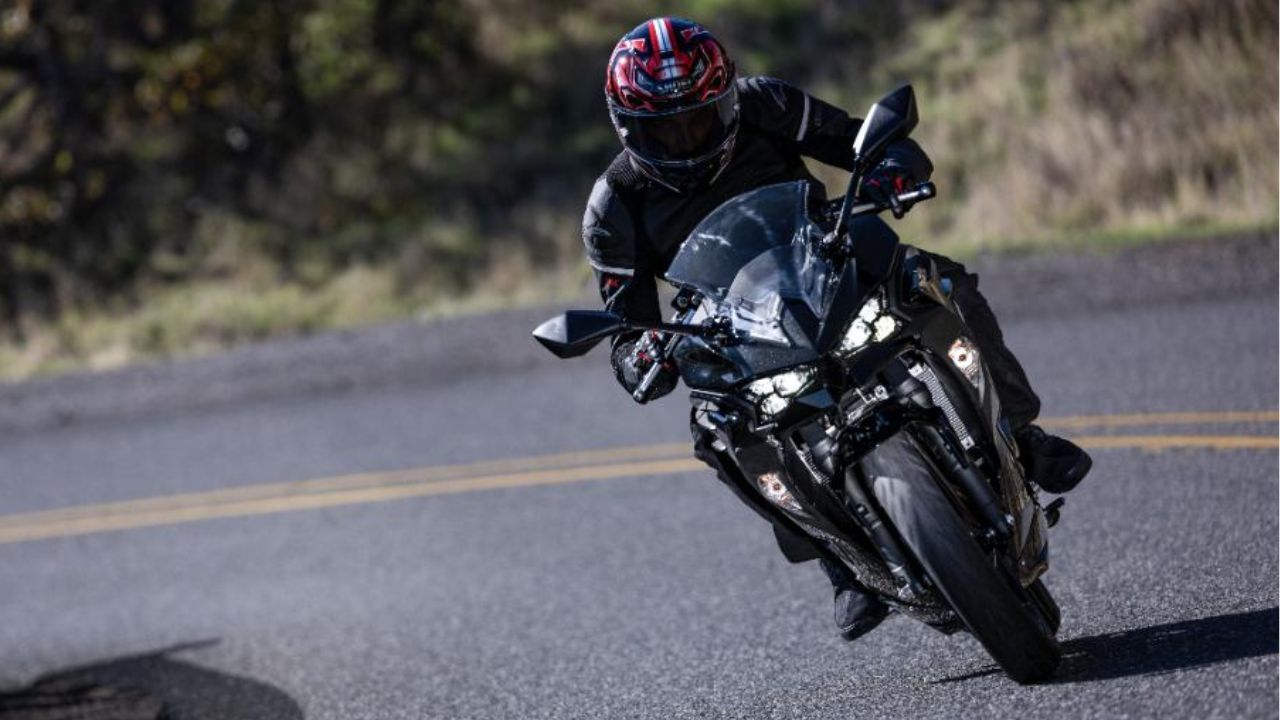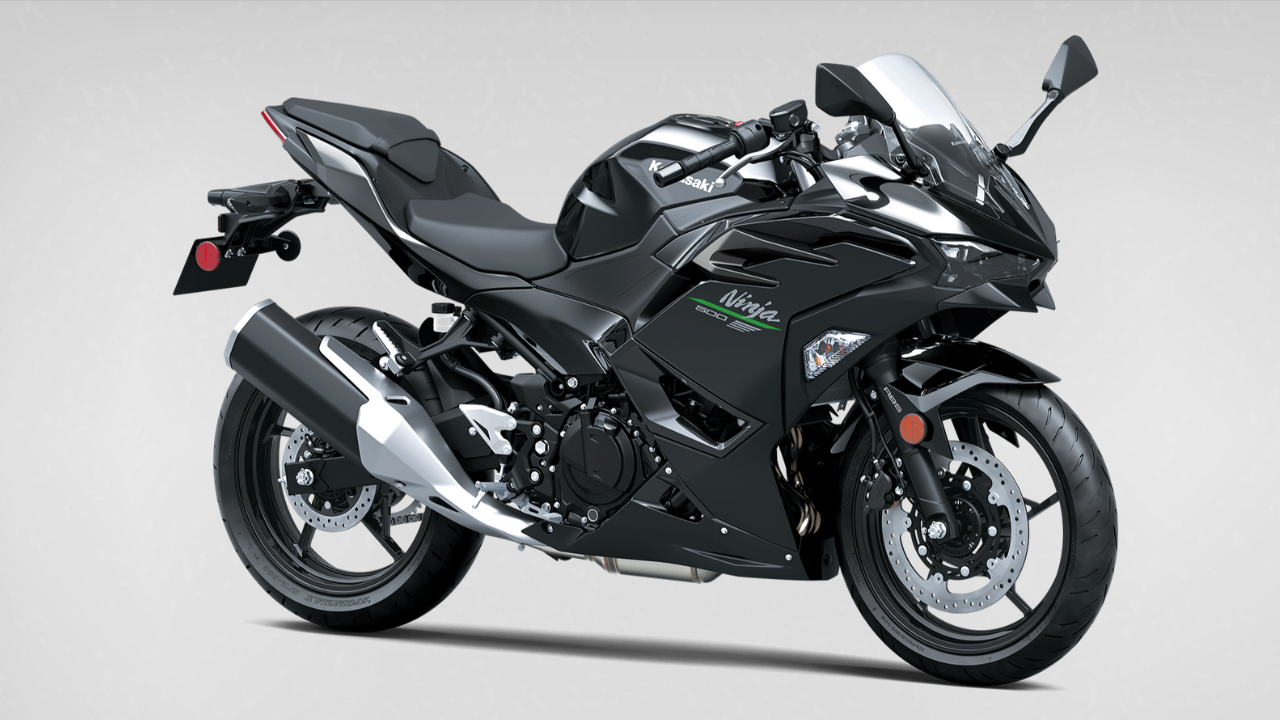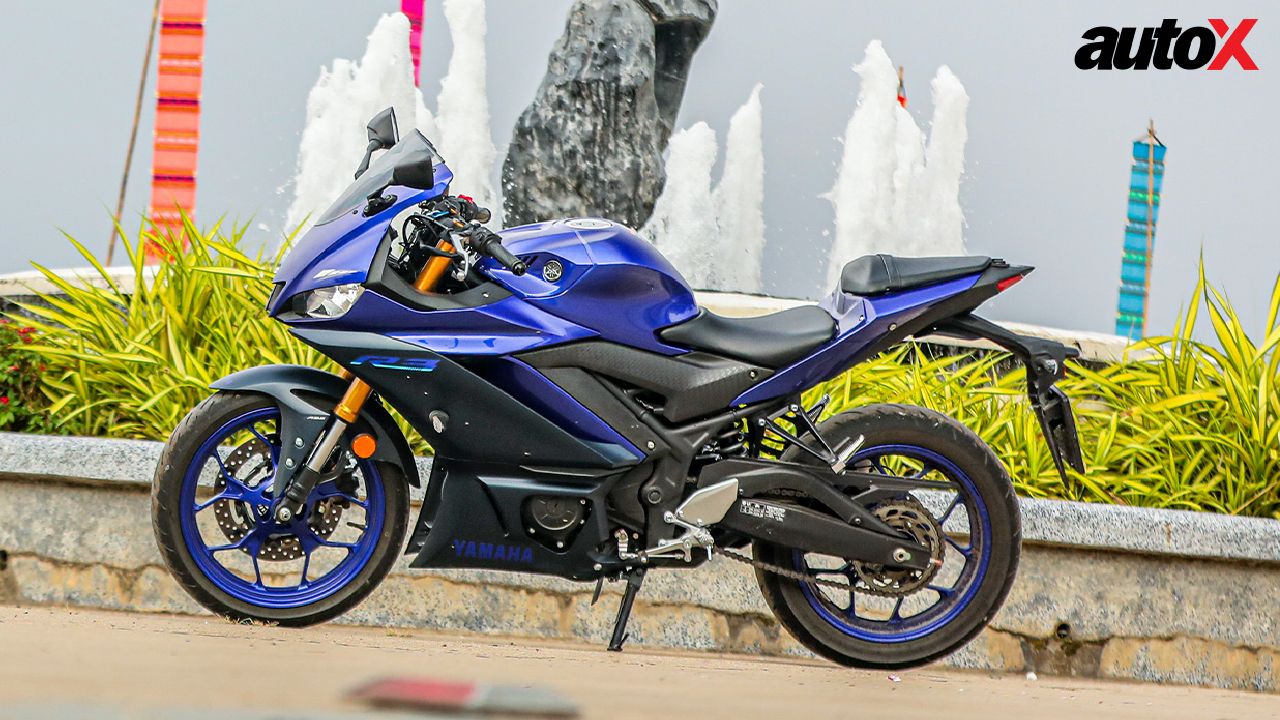
Kawasaki has just launched the Ninja 500 in the Indian market. Available at an introductory price of Rs 5.24 lakh (ex-showroom), the new sportbike is expected to replace the Ninja 400, which carries the same sticker price as its bigger sibling. Kawasaki's pricing for the Ninja 500 makes the model more expensive and less affordable than its chief rivals – the Aprilia RS 457 (Rs 4.10 lakh) and the Yamaha YZF-R3 (Rs 4.65 lakh). The former is the Italian bikemaker's first made-in-India motorcycle, while the latter is a completely built-up unit like the Ninja 500, hence the higher price tags. Here, we compare the Kawasaki Ninja 500 with the updated version of the Yamaha YZF-F3 to see how they stack up against each other:
Kawasaki Ninja 500 vs Yamaha YZF-R3: Powertrain, Performance
Powering the recently launched Kawasaki Ninja 500 is the engine from the Eliminator 500 – launched last month. This means that it gets a new 451cc, liquid-cooled, parallel-twin engine that puts out an identical 45bhp at 9,000rpm. However, the torque output – which stands at 42.6Nm at 6,000rpm – is 5.6Nm more than that of the Ninja 400.
Meanwhile, the new-generation Yamaha YZF-R3 borrows the mechanical components from its predecessor. However, it has been updated to meet BS6 Phase II emission norms. The improved YZF-R3 uses the same 321cc, parallel-twin, liquid-cooled motor, producing 42bhp at 10,750rpm and 29.5Nm of peak torque at 9,000rpm. For transmission, both motorcycles come mated to a six-speed unit, assisted by a slip-and-assist clutch for seamless operation.
Kawasaki Ninja 500 vs Yamaha YZF-R3: Chassis, Suspension, Brakes
The Kawasaki Ninja 500 employs a steel trellis frame, while the Yamaha YZF-R3 features a lightweight diamond-type frame. What's also different is the suspension setup. The Ninja 500 is suspended by a telescopic fork at the front (120mm wheel travel) and a preload-adjustable monoshock at the rear (130mm wheel travel), unlike the R3's upside-down front fork (130mm) and rear mono-shock (125mm) combination.
Although both bikes get disc brakes at both ends, Kawasaki's new motorcycle offers a larger front brake than Yamaha's YZF-R3, with a diameter of 310mm, while the latter has a smaller 298mm front disc. However, the rear disc brake is the same for both – 220mm. The alloy wheel size is the same as well, with a 17-inch wheel at each end.
Kawasaki Ninja 500 vs Yamaha YZF-R3: Weight, Dimensions
Tipping the scales at 171 kilograms, the Kawasaki Ninja 500 weighs a little more than the YZF-R3 (169kg). It has a 785mm seat height, which can be raised by 30mm to 815mm. In comparison, the Yamaha R3's seat height stands at 780mm. The ground clearance is 160mm – 15mm lower than the Ninja 500.
Kawasaki Ninja 500 vs Yamaha YZF-R3: Design
The Kawasaki Ninja 500's design is in line with the ZX-6R and the Ninja 7 Hybrid. Its front end includes sleek twin LED headlamps, layered fairing, a small windscreen, and clip-on handlebars. Other bits are a split-type seat setup, an LED tail lamp, and a swept-up tail section.
Although the R3's design is about three years old, the Ninja 500 challenger has a contemporary flair and sporty looks. It gets sharper LED headlamps, sporty fairing, clip-on handlebars, a curved fuel tank, split-style seats, a raked tail section, and a compact LED taillight.
Kawasaki Ninja 500 vs Yamaha YZF-R3: Features
Both bikes offer the bare minimum features. They can be had with an LCD instrument cluster, dual-channel ABS, and an assist and slipper clutch.


























Write your Comment